4 Nutrition Tips To Upgrade Your Athletic Performance
Serious training requires serious preparation. Nail these four strategies to take your performance to the next level.
The other day, I overheard some of our athletes debriefing each other after an intense conditioning workout. The theme of the conversation was earning their next meal by going hard in the gym. This mindset is flawed. Unfortunately, it’s pervasive in our industry, and it’s even the motto for some nutrition professionals. Stop trying to earn your food by working out! Instead, earn your workout by following these 4 nutrition tips to upgrade your athletic performance, and even recover better.
A common complaint I get from athletes at our gym is that they sometimes feel like their performance has stalled, or they feel hungry all of the time. After assessing their sleep and some other lifestyle basics, I usually ask them to give me a food journal detailing at least a few days of eating. More often than not, they are lacking in at least a couple of the areas listed below and not eating enough. How do we get them back to jump kicking their workouts in the face? By making some basic tweaks to their diet to crank the dial toward enhancing performance. Any of you can do this, as well.
Basic Food Portioning for Performace
When eating for performance, being consistent with the portion sizes of your protein, carbs, fat, and vegetables is key. We need to keep a regular supply of nutrients coming-in throughout the day to nourish our bodies, regulate energy levels, and prepare us for the rigors of the day. I recommend my athletes consume three meals per day–breakfast, lunch, and dinner, plus one to two snacks.

The macronutrient composition of these meals and snacks can vary, depending on the needs of the person. I rarely have people track macronutrients. They need to show me that they can follow a basic portioning strategy first. Keep in mind, these are estimates. Try not to overthink the portion sizes. Even if we were tracking exact macronutrient numbers, we would still be estimating. Estimation in nutrition plans is inevitable, like Thanos.
Macronutrient Portioning for Breakfast, Lunch, and Dinner
- Protein: One palm of lean protein for women, two palms for men. Aim for high-quality cuts of meat or a vegetable alternative that are about the thickness of your hand.
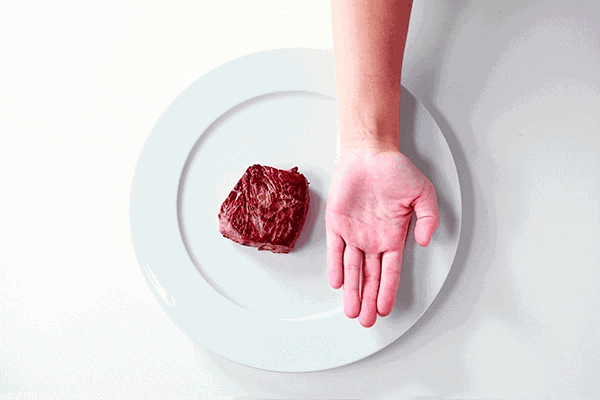
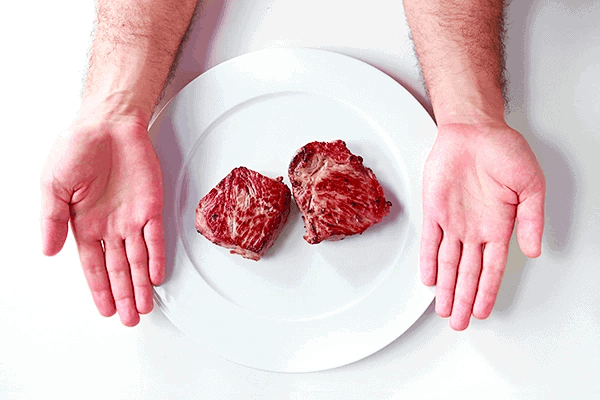
- Carbohydrates: One cupped handful for women, two cupped handfuls for men. Aim for whole food sources such as fruits, rice, potatoes of any variety, quinoa and similar grains, fruits, and even sprouted or fermented breads (sourdough/rye).
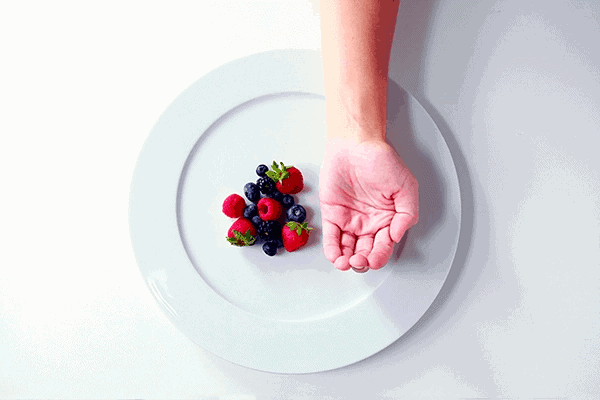
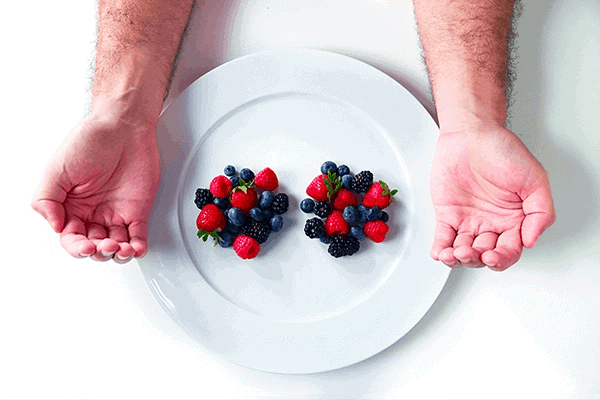
- Fats: One thumb for women, two thumbs for men. The thumb-size equates to about one tablespoon of oil or a small handful of most nuts. Keep that in mind when adding dressing to a salad. If you choose to have a fattier cut of meat at a meal. You can likely skip adding portions of fat to that meal.
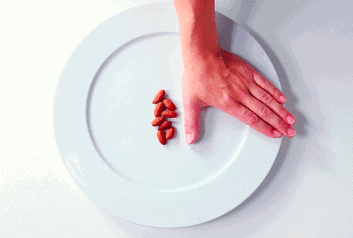
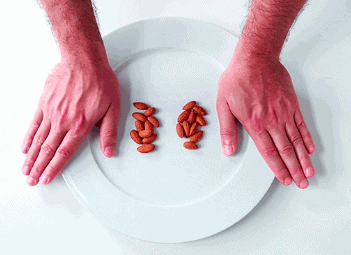
- Vegetables: One fist for women, two fists for men. Attempt to eat the rainbow when it comes to vegetables. These will be your main source of phytonutrients, fiber, and antioxidants. If you currently don’t eat a lot of vegetables, start small. Add one or two types per day, following these portion guidelines. After a couple weeks, start adding things that look interesting. Do that every couple of weeks, and you’ll be eating the rainbow in no time.


Snack Portioning
Snacks should look like mini-meals. Think half-sized versions of the above guidelines. Aim to have a small serving of protein, carbs, fat, and a fruit or veggie. Imagine an “Adult Lunchable”: a serving of deli meat, sliced apple, and some nuts. Voila! You have a well-balanced snack. They work great for children’s lunches, as well.
For on-the-go, I’m a big fan of Perfect Bars and Rx Bars. They taste good (they don’t taste like science), they’re satiating, and they’re made with mostly whole-food ingredients.
If you prefer shakes, here’s an awesome guide from our friends at Precision Nutrition on how to create what they call a “Super Shake”. Shakes are great because you can blend them at home, chill them at work (assuming there is a refrigerator), and shake it back up when it’s time to eat.
A Word on Pre/Intra/Post-workout Nutrition
I get a fair amount of questions about when/what to eat around a workout. The reality is, for most general fitness practitioners, eating three meals, plus a snack or two will keep them fueled and recovered each day, assuming they are mostly consistent with their portion sizes and they prioritize eating high-quality food.
For those of you who want a slightly more advanced approach, your post-workout meal should include a portion of protein and a portion of carbohydrates. We want to keep the fat low because fat will blunt the absorption of the protein and carbohydrates. Protein helps repair the damage done to muscles through exercise. Carbohydrates replenish the expended glycogen in our muscles, which the muscles use as fuel while contracting during bouts of exercise.
I encourage you to stick with whole food options for post-workout meals, but I understand that some athletes find it hard to stomach a whole food meal after an intense workout. In that case, a protein supplement can be used to quickly get the nutrients your muscles need to start making repairs. You can use any type of protein you like, but try to get the highest quality you can afford.
Labdoor is a great resource when trying to compare supplement brands and types. For carbohydrates, watery fruits or ripe bananas are great and can be blended with protein powder. If you need something that can easily be blended in a shaker, a carbohydrate powder like maltodextrin, waxy maize, or Vitargo S2 can be used in a 1:1 or 2:1 (Carb:Protein) ratio, depending on the amount of activity.
Make Friends with Carbohydrates
Over the past few years, carbohydrates have been demonized by overzealous food bloggers and would-be nutrition gurus. The same thing happened in the 1990s with fat. At the time of this writing, fat is the superhero of the nutrition narrative. The fact is, carbohydrates are highly useful, and, in my opinion, essential to human performance.
Carbohydrates come in three varieties:
- Monosaccharides: Glucose and Fructose
- Oligosaccharides: Sucrose, Maltose, Lactose
- Polysaccharides:
- Digestible: Starch and Dextrins, Glycogen
- Partially Digestible: Inulin, Raffinose
- Indigestible: Cellulose, Pectin
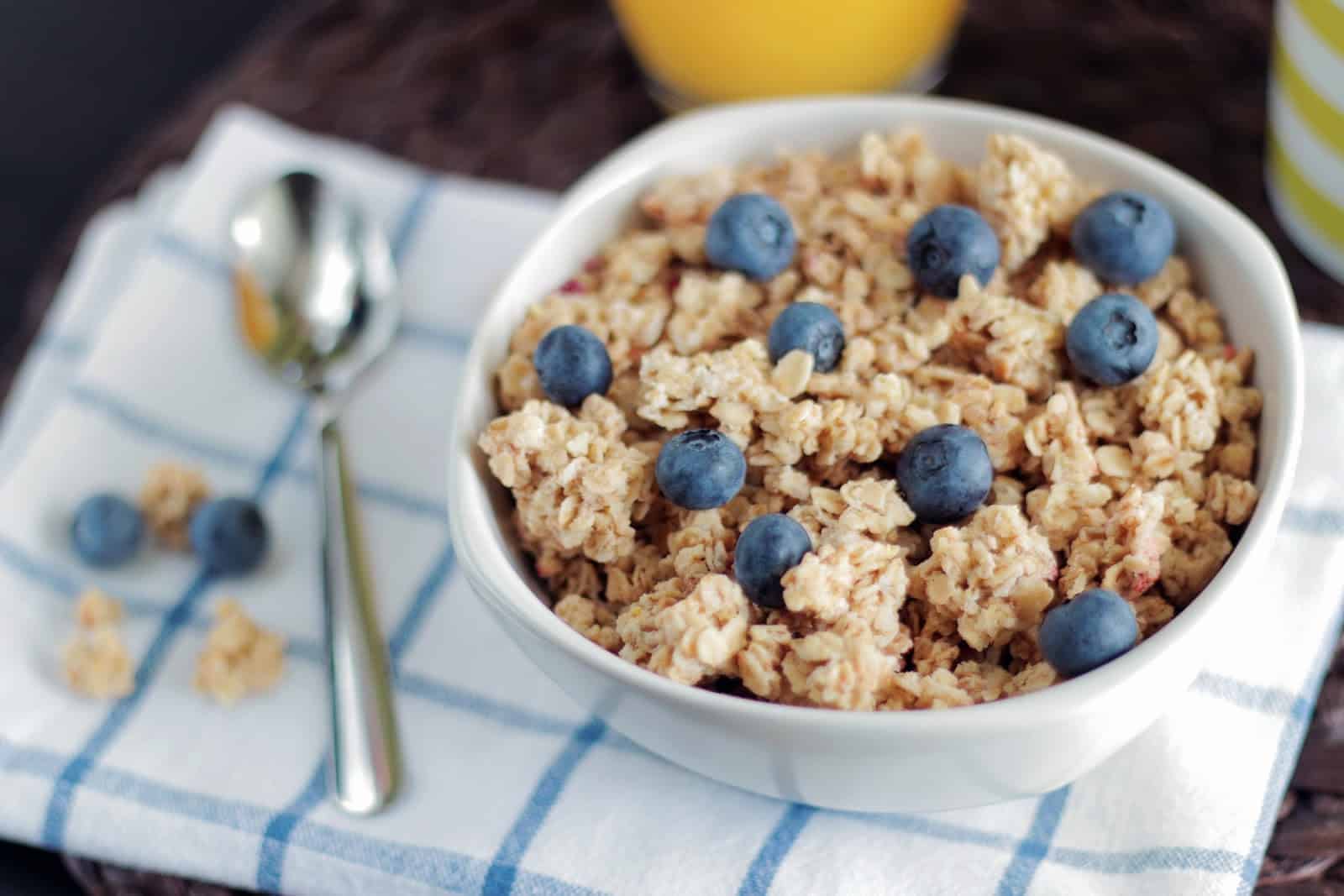
While each type of carbohydrate affects the body in a different way, all carbohydrates are broken down into simple sugars for our bodies to use during digestion. Whether you’re eating gummy bears or oatmeal, those carbs will be broken down into the same substance. The question is: how long will it take?

Candy like gummy bears and other “less healthy” carbs will break down quickly, while oatmeal and other “healthier” carbs will take quite a bit longer. The time it takes to digest carbs and release the energy stores into the bloodstream determines the amount of insulin that needs to be released to handle the “sugar load”.
A big release of insulin post-workout can be very useful because it will help the muscles replenish the glycogen lost during exercise. This is the best time to eat high-quality, simple carbohydrates. However, a big release of insulin before bed or during times of rest/regular activity will be less useful. Outside of your training time, aim to stick to vegetables and whole-grain options for your carbohydrates. They’ll take more time to digest, which will help keep your blood sugar controlled and your energy levels stable.
At a minimum, adults should be consuming around 130g of carbohydrates per day. That’s just for very basic daily functions. If you follow the portioning guidelines above, you’ll have no problem hitting or exceeding that figure. If you’re very active, have a physical job, or find that you metabolize carbohydrates really well, you’ll definitely want to eat enough to support your activity levels. This will take some experimentation, but the portions outlined in the previous section will be a really good start.
Prioritize Hydration
Water is the most important element of our very existence. As athletes, staying on top of hydration is the best thing you can do to set yourself up for success. Compared to the above nutrition guidelines above, the guidelines for hydration are fairly simple. Try to drink about ½ of your body weight in fluid ounces each day, as a minimum. Of course, you can drink more, if needed, especially if you are training in high heat or have multiple training sessions per day.
This minimum amount is a great starting place because it should help you avoid the pitfalls of dehydration, such as dizziness, fatigue, lowered mental acuity, irritability, nausea, and cramping.

My friends at Opex have a great “Morning Ritual” cocktail that will help you get a headstart on hydration for the day. Here’s the recipe:
- 12oz filtered, room temp water
- ½ organic lemon squeezed
- ¼ tsp of Himalayan Salt
It’s really simple to make, and you can drink it before your morning coffee or tea. The lemon juice will help kick-start digestion for the day, and the salt will help your body better absorb the water. Plus, you start your day with water! (YAY!)
Prioritize Protein
Of the three main macronutrients–protein, fat, and carbohydrates-protein is the one that must remain constant for athletes and active individuals. The amino acids in protein are the building blocks for our muscles and organs. If we don’t ingest enough protein, then our bodies will start plundering it from itself, mainly from muscle tissue.
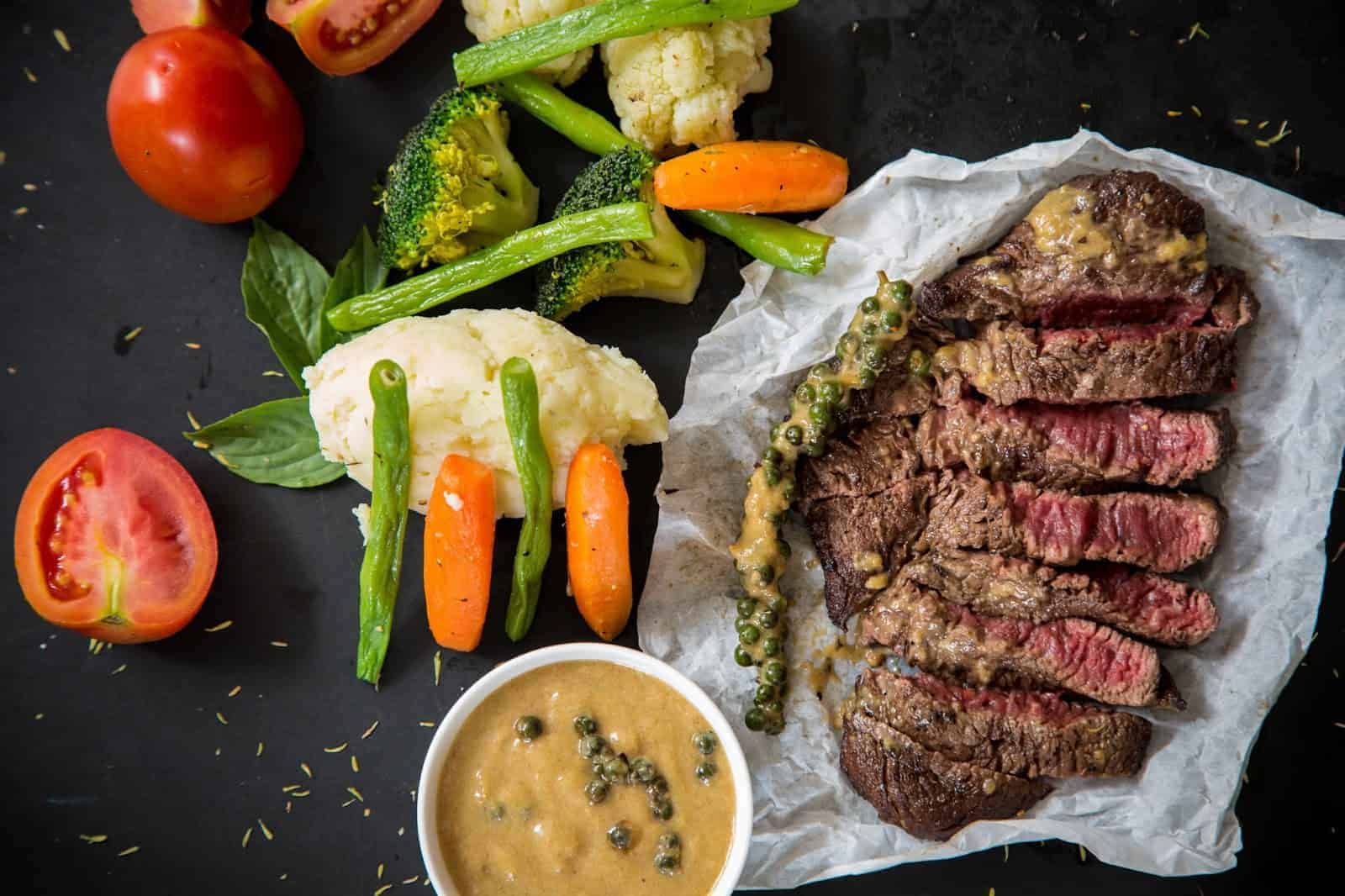
The unique thing about the amino acids in protein, when compared to fat and carbohydrates, is that the body will generally either use them for building and repair of tissue, recycle them, or excrete them. Protein also takes more energy and time to digest than carbs and fat, so it will help keep you feeling fuller longer, which is great for fat loss.
How much protein should you eat, and what constitutes a “high protein diet”? Well, there aren’t any well-defined guidelines. The US RDA for protein intake is 0.8g/kg of body weight. That isn’t very much. Right now, I weigh about 84kg, so I would need about 67g of protein to keep my body properly functioning on a normal level. Personally, I get that amount ingested before lunch, so does that mean I’m on a “high protein” diet? Is that even safe?
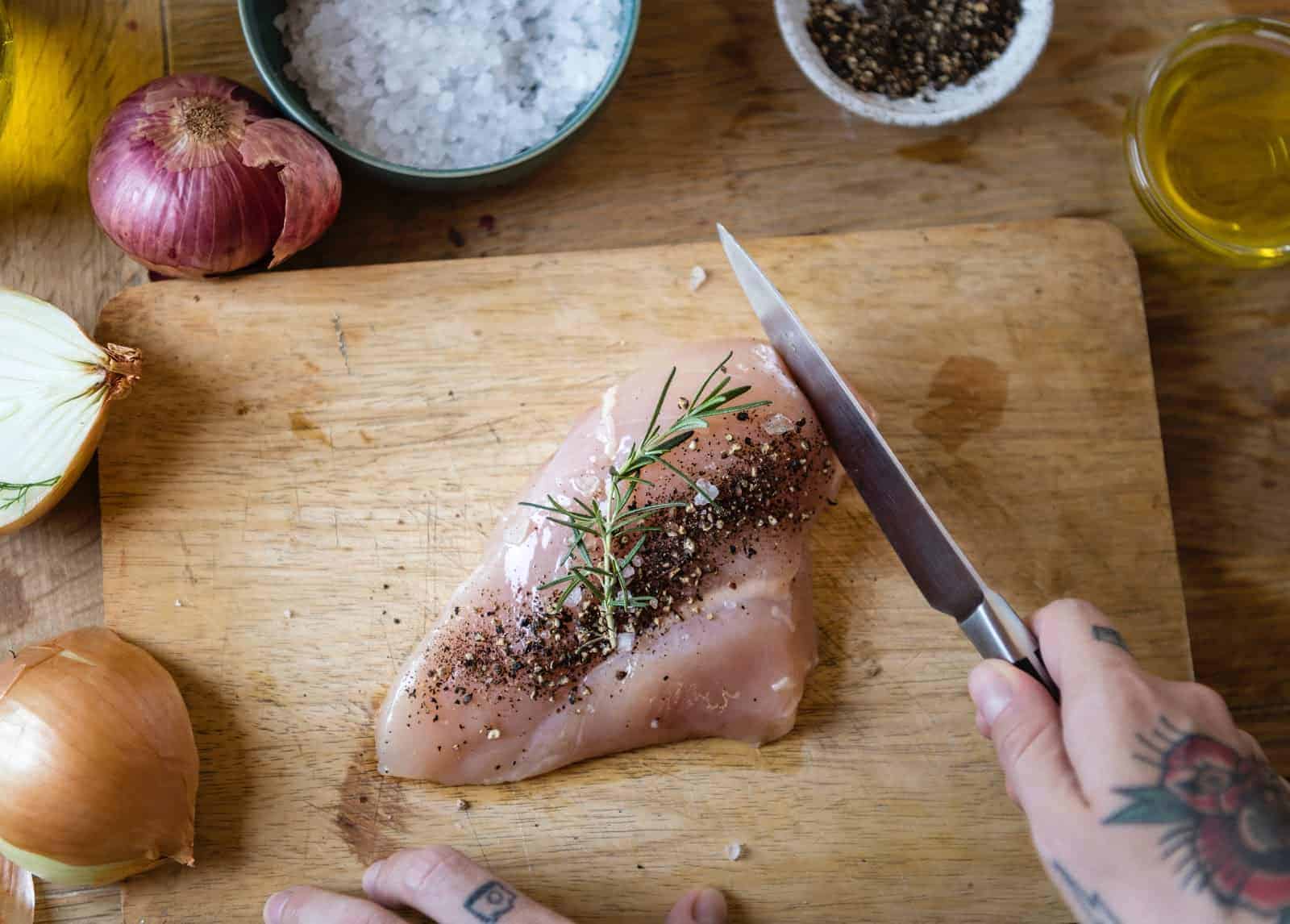
We’ve been told all kinds of narratives over the years about high amounts of protein is bad for our kidneys, causing liver damage, and causing osteoporosis. Currently, there is no evidence for these claims. In fact, if we want to get stronger, burn more energy through exercise, and overall just kick more ass, we need to make sure we eat plenty of protein for our body to repair and rebuild the damage we do in the gym and on the field of play.
There’s an old bodybuilding standard of consuming at least 1g of protein/pound of bodyweight or 1g/2.2kg of bodyweight. Even at these levels, there’s no conclusive evidence to support the claims that protein is harmful. If you follow the guidelines in the section on portioning above, you’ll likely be somewhere between 0.8-1g of protein/2.2kg of bodyweight, and for most of us, that’s plenty to recover and perform.
Plan of Action
The 4 nutrition tips to upgrade your athletic performance outlined in this piece are basic and general. That’s because basic works and basic can eventually be molded into a personalized plan. Take a look at your current method of eating. Are you incorporating any of these concepts? Are your food portions consistent? If so, how’s it working for you?
Over the next two-four weeks, try to incorporate at least one of these concepts into your current regimen and report back by commenting below
-Coach Geoff
p.s. A great athletic-performance-focused nutrition plan is a perfect complement to taking care of your stiff tissues so you can perform even better in the gym or doing your sport. Check out our Virtual Mobility Coach membership for free for 14-days and de-stiff-ify yourself.












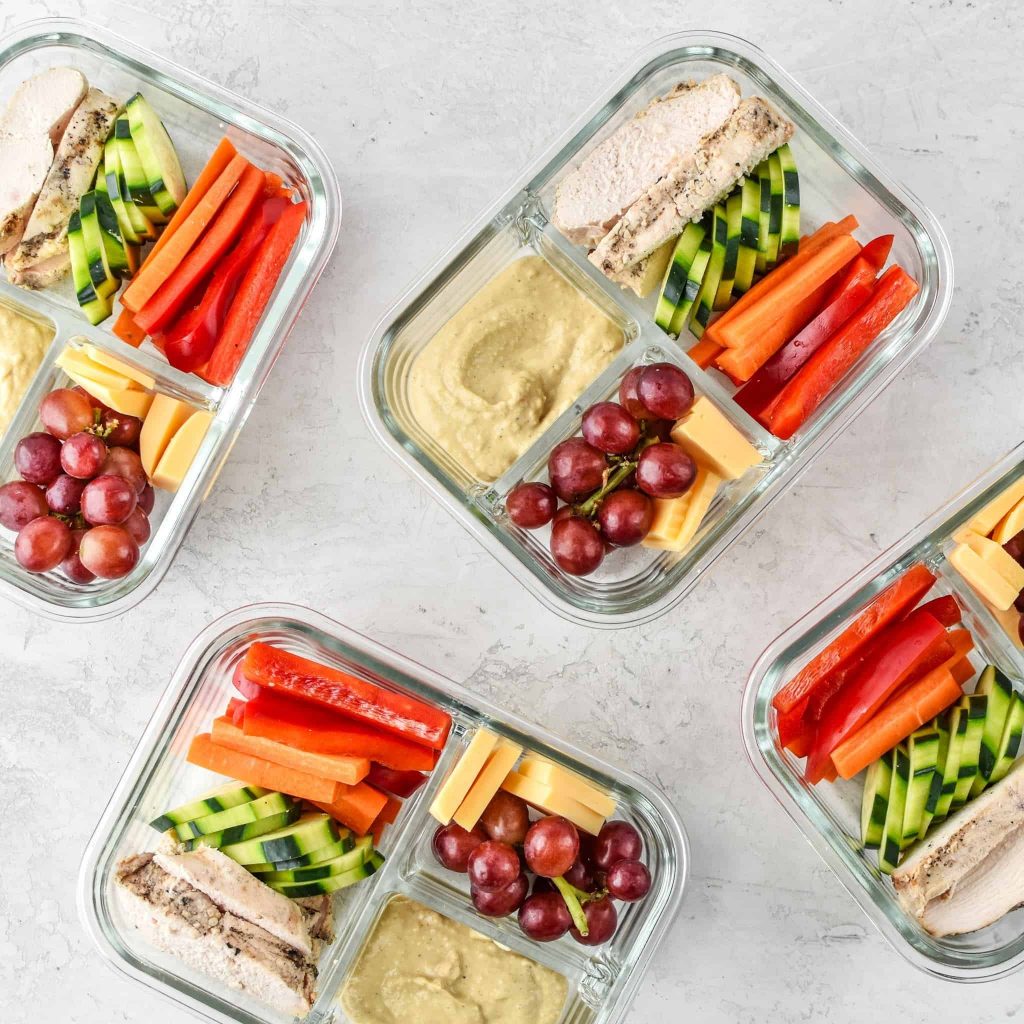
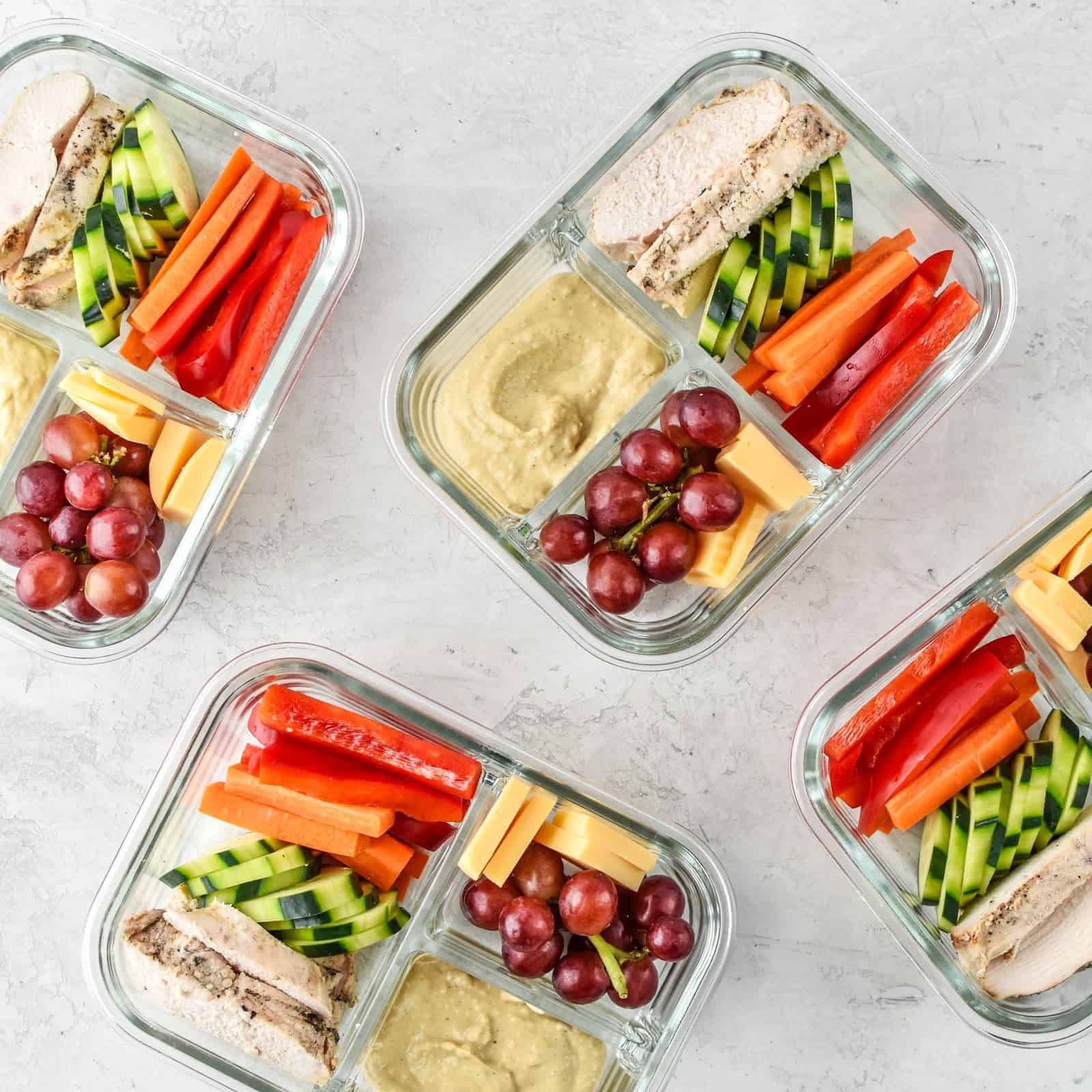






TRS Virtual Mobility Coach
Guided mobilization videos customized for your body and lifestyle.
FREE 7-Day Trial